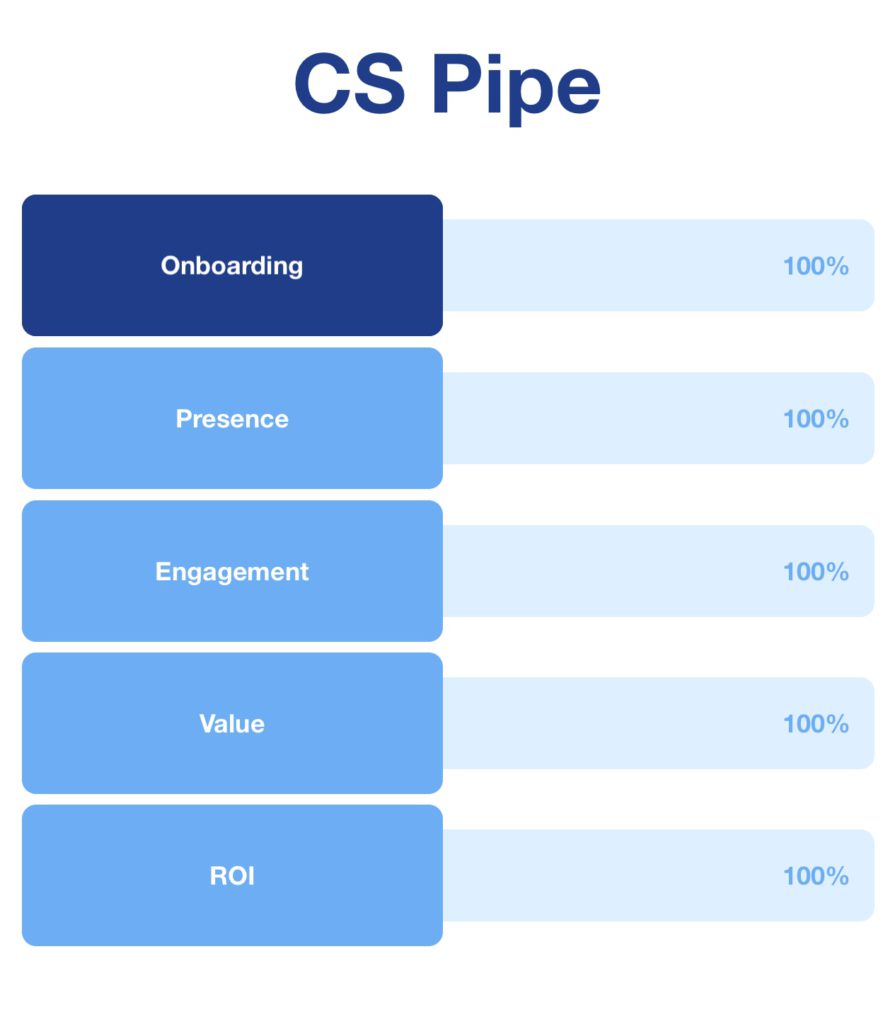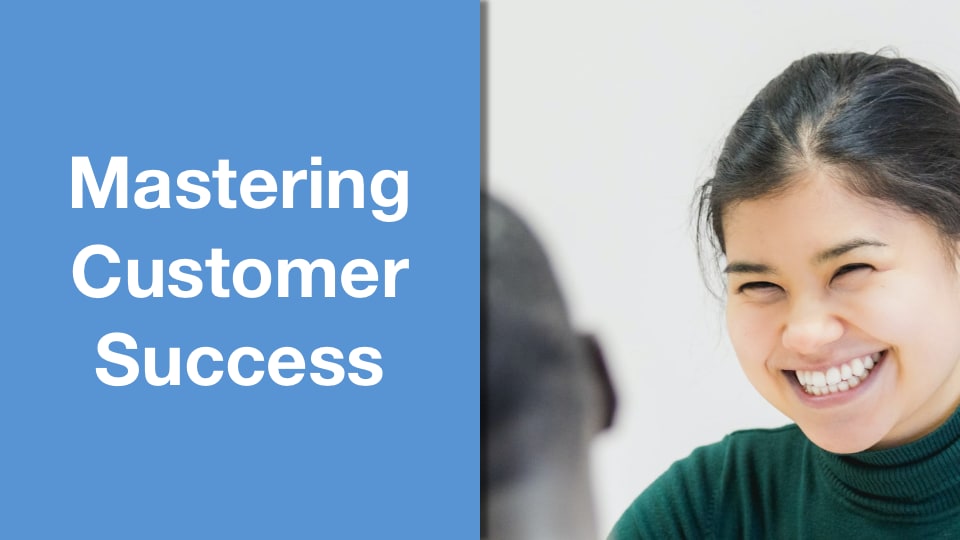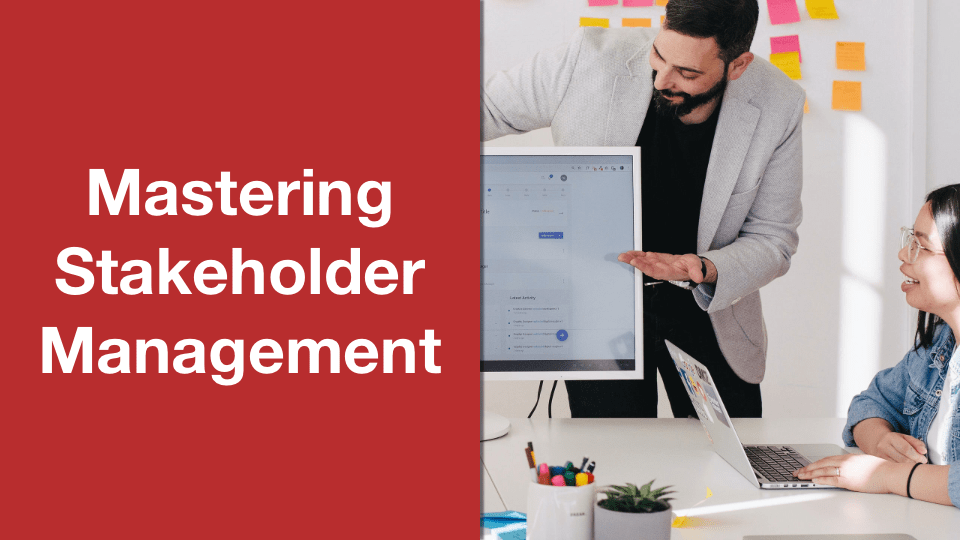It’s always been our belief at Success Methods that delivering customer value is the most important job for the customer success team. This week we’ll cover what that means for you, your employer and most importantly your stakeholders.
We’re going to cover 4 areas:
- Your value framework. How do you ensure you have a crisp, simple way to describe and communicate the value you deliver to your customers. Something that you can readily apply and use consistently across your team and with every customer.
- Bringing value with you from onboarding to ROI. It’s not about adoption, although that is a step in the journey. Value ultimately is about ROI so how do you deliver 100% of what’s available for every customer?
- How does value, what you deliver and what you talk about with each stakeholder group vary. Last week we talked about Owners, Champions, Users and Enablers. Your value for each is different yet all are essential to success.
- Bringing all of this together in a stakeholder value model. A simple to use approach that allows you to define, communicate and measure value by stakeholder.
Have A Value Framework
What do we mean by value framework? For us it’s two parts. A way to think about or describe the value you deliver to your customers. For us at Success Methods it’s our Value Hierarchy. At the highest level it splits value delivery into four areas or if you prefer stages. At each stage we work with our customer to help them translate their business value into this structure.

This is only one way of working and while it resonates with our customers other models can of course work just as well. What’s important is that you’ve thought this through, developed a framework for thinking about and communicating value with your stakeholders and built out the detail needed to take it into operation.
Carrying Value From Onboarding To ROI
Sales have a funnel, customer success have a pipeline. Sales expect to shed prospects as they work through the funnel, perhaps as few as 1 in 10 leads will become customers.
In customer success we want to ensure that at every stage of a customers’ journey from onboarding to ROI the right advice is given, the right steps are taken and the right measurements are used to ensure nothing is lost on the journey to 100% of the available ROI being realised over time.

As you’ll see, the benefits of a value framework show up when you are thinking about how to do this. In our case we’re wondering how do we ensure 100% of users are present and then how do we ensure 100% know exactly how to use the solution to maximum effect.
Once that’s done what’s needed in process and measurement so that our customers can extract 100% of the solution’s value which finally we want to work with our senior stakeholder to translate into the ROI (again 100% of it) that matters most to them.
Carrying Value From Onboarding To ROI
Solutions deliver value for multiple stakeholder groups. Users of the solution take away one value, for example, help me find the training I need whereas what we call Champions take something else, for example, better trained employees have higher productivity. And if you can measure increased productivity and work with your customer to translate that into a number your conversation with the Owner may be about reduced costs.
When you are working with your various stakeholders you therefore get the best results if you target your message, your description of value delivery, to the outcomes and measurements that matter most to them. For example, the CRO wants to know if sales are up as a result of deploying your solution. The only reason to every present her with a chart showing logins is to highlight an issue where you need her help after your work elsewhere has failed to bring that issue to a resolution.
Create A Stakeholder Value Model
There’s some work to clearly understand, articulate and track progress on your value delivery for each stakeholder. So consider creating what we call Stakeholder Value Models. The simplest (we believe) possible way to define, communicate, manage and maintain your picture of value for each of your key stakeholder groups at your customer.
It’s a bit of work, best done on a CS platform but a spreadsheet’s going to work fine too and is certainly better than not having this clearly set out and consistently applied (by each CSM at each customer). Combined with your stakeholder map it’ll given you the comprehensive picture you’ll need as a foundation for accessing and sustaining all of your core stakeholder relationships.
Next week we’ll look at how you build and execute your strategy to get access to stakeholders with who you are not yet connected.



